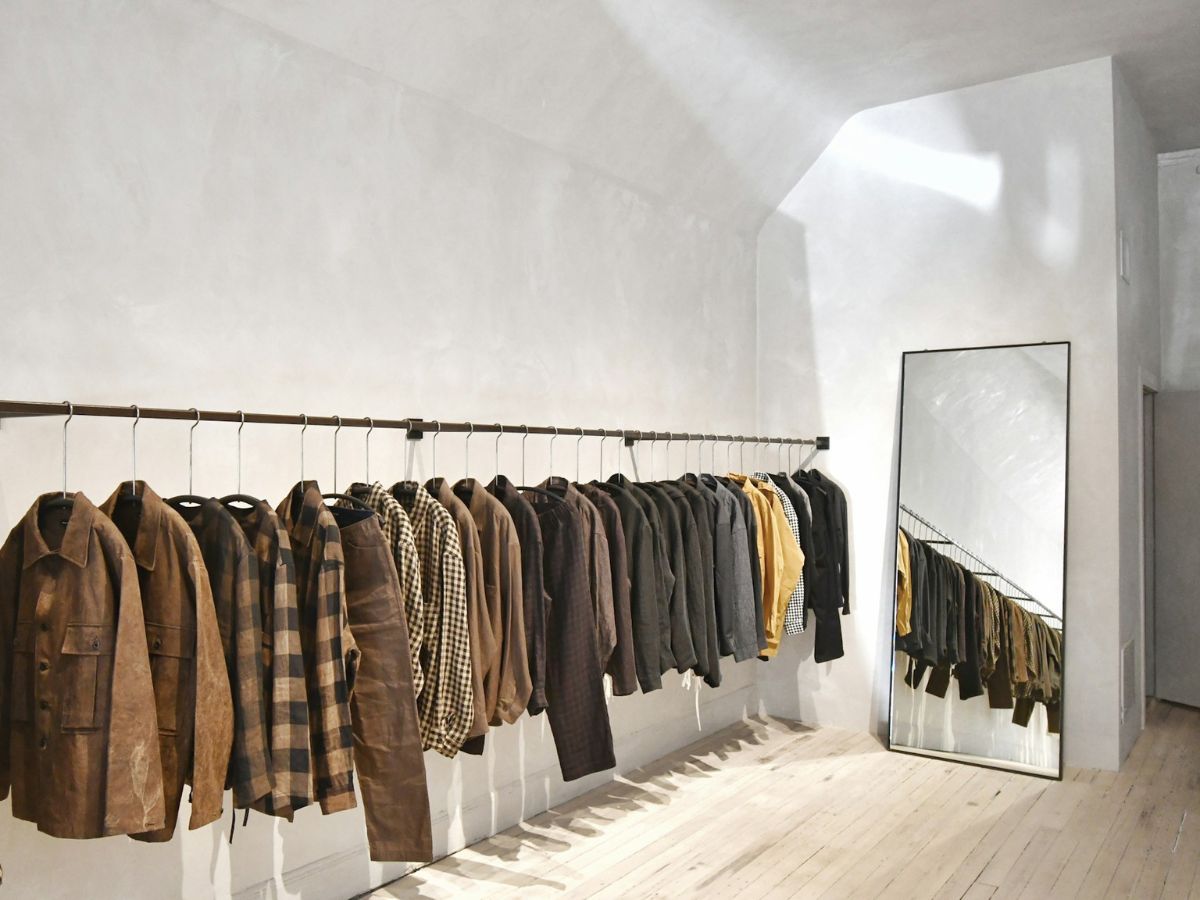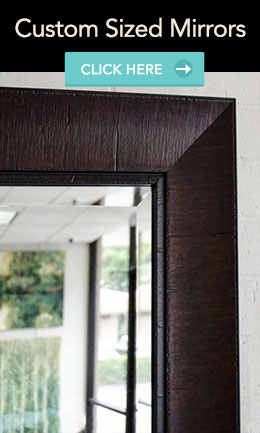
How Mirrors Influence Customer Behavior in Commercial Interiors
Mirrors are more than decorative accessories, they actively shape how customers perceive and move through commercial spaces. Whether you’re designing retail stores, boutiques, or hospitality environments, understanding mirror psychology helps you create inviting, profitable spaces.
1. Create Comfort by Expanding Space
Mirrors instantly open up small or tight areas. In boutique stores or trade show booths, they reduce the sense of crowding and promote a more comfortable browsing experience. Customers who feel at ease are more likely to stay longer and explore more which boosts purchase likelihood.
2. Boost Cross-Selling with Smart “Magic” Mirrors
Interactive “magic mirrors” enhance convenience by offering virtual try-on, product information, and complementary suggestions. Studies show they significantly increase cross-buying intent, tapping into customer curiosity and ease of use.
3. Influence Self-Perception for Positive Behavior
Seeing themselves in mirrors activates self-awareness, often prompting customers to choose healthier or higher-quality options. In some environments, mirror use even reduces undesirable behavior—subconsciously steering shoppers toward socially acceptable choices.
4. Enhance Aesthetic Posture and Confidence
Well-designed mirror placements especially near focal products or entryways urges shoppers to straighten posture and engage more actively with their surroundings. This subtle shift in confidence can meaningfully influence purchasing decisions.
5. Improve Servicescape and Emotional Experience
Mirrors play a crucial role in the overall “servicescape” or the visual and tactile atmosphere of commercial spaces. By reflecting light, enhancing brightness, and reinforcing aesthetic cohesion, mirrors contribute to positive emotional responses and higher perceived service quality.
Design Tips for Mirror Use in Commercial Spaces
- Strategically enlarge narrow aisles or small fitting rooms with reflective panels.
- Embed smart mirrors at fitting stations or product walls to drive engagement and product discovery.
- Put reflective surfaces at eye level near displays to stimulate self-packaging and premium purchase behavior.
- Incorporate mirrors into point-of-purchase zones to enhance lighting and visibility.
- Prioritize ambient design, integrating mirrors into your lighting and layout plan for seamless emotional and behavioral effects.
Mirrors hold powerful psychological influence in commercial design, shaping perceptions, comfort, and decision-making. Whether through strategic positioning or smart technology, mirrors can transform spaces into areas that captivate, encourage engagement, and drive sales. For design professionals, they offer both subtle ambiance control and measurable ROI.


